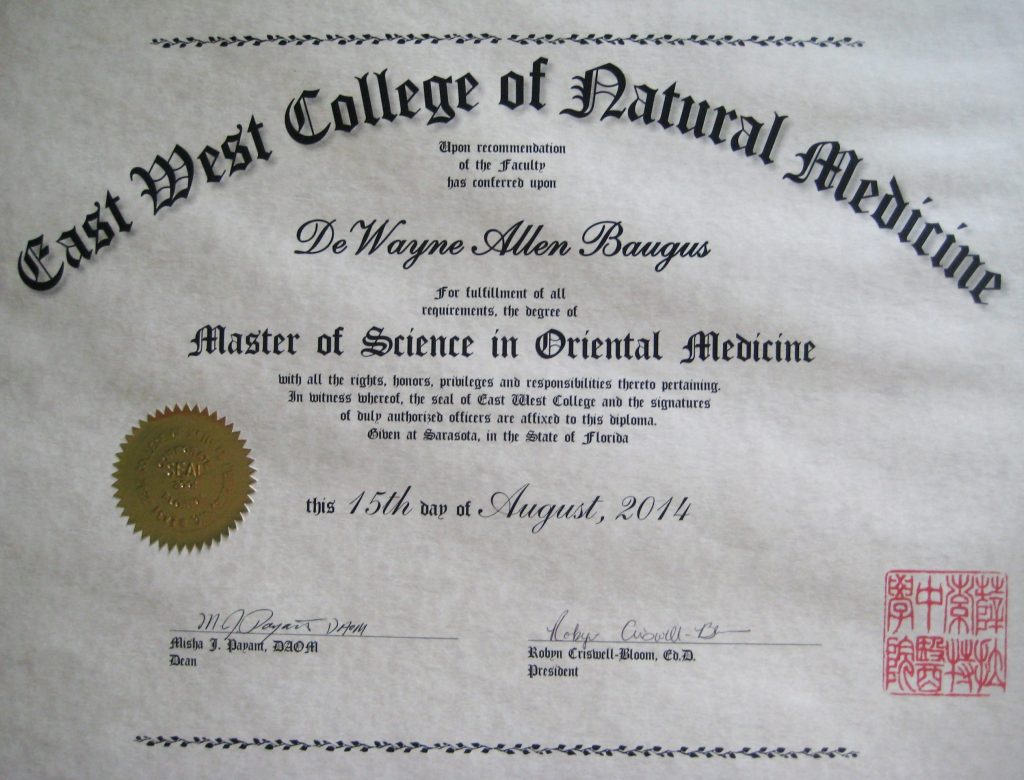

I can think of many expletives to use with regard to the “you don’t have what it takes” strategy. Here’s something that’s hard to digest: I hear that aside from keeping existing watchmakers from buying parts, hundreds of applicants have to go through pre-enrollment interviews and if the powers-that-be don’t say yes, the interviewee is discouraged from entering the trade – as in “you haven’t got what it takes” to be in this industry. In a way, I have to service my own, because watchmakers in today’s market usually turn down vintage watch business. I only work on my own vintage watches that I collect. I don’t work on Rolex watches made in the past 25 years. I don’t even know if I could pass the interview.

I can’t buy parts for Rolex watches unless I go through their 3000 hour course and pay for $6000 worth of tools. (By-the-way, watches will eventually need repairs and all of the mechanical ones require maintenance.) demand problem to run prices higher with the big name service centers garnering a premium for repairs. That’s not enough to service the industry. If 2,000 watchmakers remained employed in the US and 500 graduated from our schools that would leave us with 2,500 watchmakers. That’s an average of about 5 students per school. The ten US Schools together graduate approximately 45 students a year. We’ll take the JCK numbers at face value and interpolate. At the time, 4,500 watchmakers were employed in the US (down from 30,000 in the 1950’s) with an estimated 2,500 expected to retire, they believed, by 2010. The last census figures I can find come from 2001 in JCK Magaine. How many people are employed in the watchmaking world and what are their areas of expertise? Let’s look at the industry from a service point of view. You can determine for yourself the advantages and disadvantages of the Swiss approach. In my opinion, this is an issue for the folks that regulate Restraint of Trade aka the Justice Department. That’s essentially two competing organizations WOSTEP and SAWTA. Some consider this restraint of trade and recall a similar strategy Rolex used in the 1960’s.Īnother model in the US is known as the Watchmakers of Switzerland Training and Education Program or WOSTEP. What’s the Swiss American Watchmaker’s Training Alliance? It’s owned by Rolex and if you don’t get their AWCI CW21 Certification, you can’t buy parts for Rolex watches. The program focuses on micromechanics and watch service with a strong emphasis on chronographs. The students are expected to pay for their tools which, according to the school, currently cost around $6000.
#HOROLOGY DEGREE FREE#
Tuition is free for the 14 students accepted each year. The Technicum offers a two-year, 3000+ hour SAWTA (Swiss American Watchmaker’s Training Alliance) curriculum. The school, founded by Rolex in 2001, was created to help make up for the deficiency of skilled watchmakers in the US. The Lititz Watch Technicum is a watchmaking school located in Lititz, Pennsylvania.


 0 kommentar(er)
0 kommentar(er)
